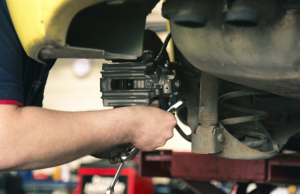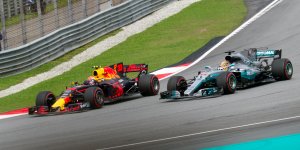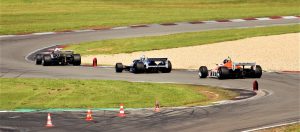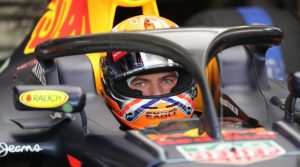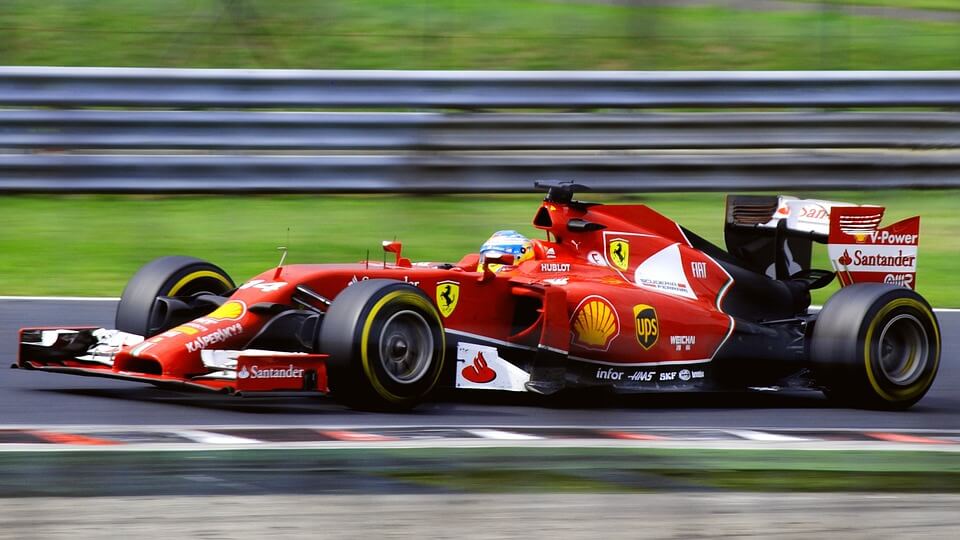 In time for the start of 2019, a number of auto manufacturers are getting ready to introduce their new lineups. In the mix, will be a number of new models in addition to upgrades of popular models and a few that are being resurrected from the past.
In time for the start of 2019, a number of auto manufacturers are getting ready to introduce their new lineups. In the mix, will be a number of new models in addition to upgrades of popular models and a few that are being resurrected from the past.
The popularity of the crossover and SUV inventories will see a number of new models for the New Year. Subaru plans on introducing the larger Ascent SUV. The vehicle is designed to include three rows of seats. Fuel economy conscious consumers can expect a number of new hybrids that include the Honda Insight, the Jaguar I-Pace and the Lexus UX. Tesla will offer the all-electric Model X.
Upgraded vehicles include the RDX by Acura. The Ford Ranger boasts an all-new design as does the Chevrolet Silverado 1500, the GMC Sierra 1500 and the Ram 1500. Ford brought about a few changes in the company’s latest Mustang.
The Mustang GT coupes feature the Performance Package Two. The PP2 includes “MagneRide” adaptive dampers. The anti-roll bars on the front and rear of the vehicles are designed to be up to 67 percent stronger. The springs on the front and the rear are also reportedly up to 20 percent stiffer. The changes enable the GT to take corners better and provide more stability on the back roads.
Powerful muscle car fans will love the Ford Mustang Bullitt. The impressive engine in the Bullitt delivers 480 horsepower without forced induction. The sound alone of the engine revving provides an adrenaline rush. Add the blast from the exhaust and you have an exceptional muscle car that performs.
Jeep has long been synonymous with making quality off-road vehicles. However, for 2019, the company introduces the Grand Cherokee Trackhawk. The vehicle shows us a totally different side to the Jeep name. The SUV features a 6.2 supercharged V8 engine capable of delivering more than 700 horses. The new Jeep goes from zero to 60mph in a mere 3.3 seconds. On a quarter-mile track, the Trackhawk easily accomplished the task in 11.6 seconds.
Although many believe that turbocharged four-cylinder engines are somewhat run of the mill, the engine in the new Mazda MX-5 Miata models is definitely different. The engine’s design reminds some of the capabilities of an Alfa Romeo or a Lotus-Ford twin cam. As such, drivers get a vehicle that is responsive and smooth.

